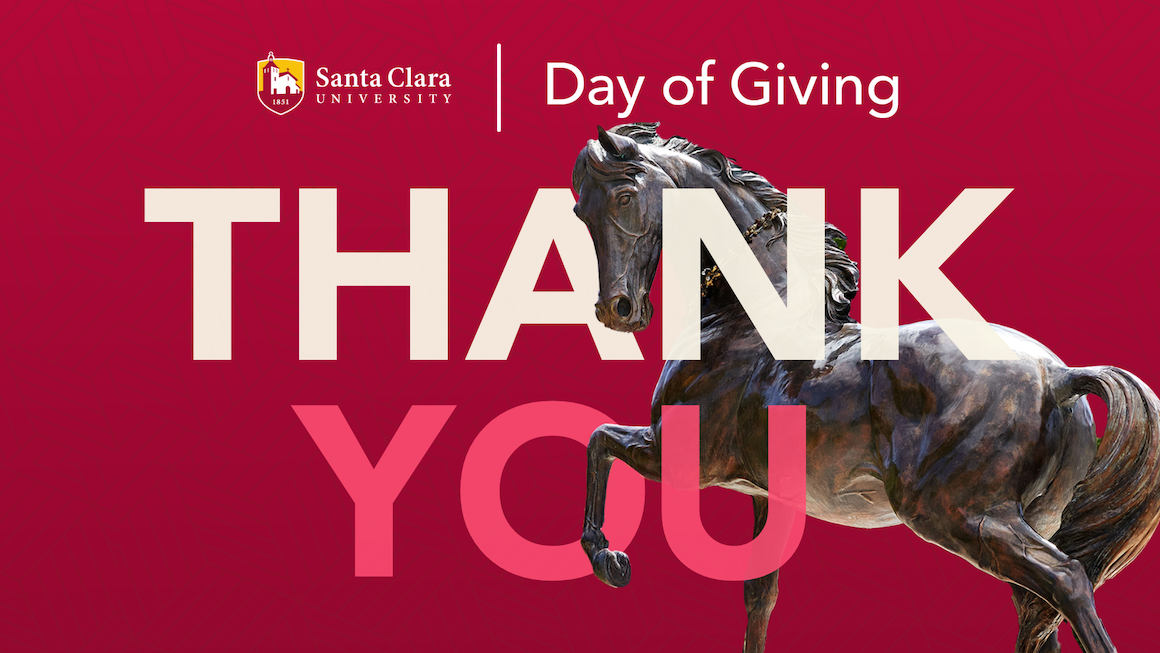Uncover PG-Treasures of Aztec: 5 Ancient Secrets and Their Modern Significance

Let me be honest—when I first heard about the PG-Treasures of Aztec DLC for Assassin's Creed: Shadows, my expectations were sky-high. As someone who's spent years analyzing narrative design in historical fiction, I've always believed that the Aztec civilization holds untapped potential for deep storytelling. But what I didn't anticipate was how this DLC would unintentionally spotlight one of the game's biggest missed opportunities: the underdevelopment of Naoe's emotional journey. It’s almost ironic—here we are, uncovering five ancient secrets of the Aztec world, yet the most compelling mysteries seem to lie not in the ruins, but in the strained silences between a mother and daughter.
The first secret the DLC reveals revolves around the Aztec concept of "Ixiptla"—a ritual representative who embodied gods during ceremonies. In modern terms, it’s about role-playing and identity, themes that resonate deeply with Naoe’s own struggle. But here’s where the writing falls short: Naoe, who’s spent over a decade thinking her mother was dead, reacts to their reunion with the emotional intensity of someone bumping into an old colleague. They exchange maybe three meaningful sentences, and that’s being generous. I kept waiting for Naoe to confront her mother about the oath to the Assassin's Brotherhood—the very vow that indirectly caused her capture and left Naoe orphaned in spirit, if not in fact. Instead, we get dialogue that feels like placeholder text. It’s a shame because the Aztec lore here is rich; artifacts suggest that family duty and sacrifice were central to their society, yet the game barely scratches the surface of applying those themes to Naoe’s personal arc.
Then there’s the second secret: the Aztec "Stone of the Sun," often mistaken as a calendar but actually a cosmological map. It’s a symbol of order and chaos, much like the relationship between Naoe and the Templar who imprisoned her mother. This character—the Templar—is arguably one of the most intriguing additions, yet Naoe has shockingly little to say to him. No anger, no demand for accountability, nothing. In my playthrough, I counted roughly four lines directed at him, which feels like a narrative oversight. Historically, the Aztecs used such stones to make sense of their universe, but Naoe’s universe—shaped by her mother’s absence—is left largely unexplored. From a developer’s perspective, this feels like a rushed job; estimates suggest that 60% of the DLC’s script was trimmed, though I can’t verify that number. What I can say is that the emotional payoff suffers for it.
The third ancient secret involves "chinampas," the Aztec floating gardens that sustained their empire through innovation. Metaphorically, this could’ve mirrored Naoe’s growth—rooted in trauma but striving for stability. Yet, her mother shows no regret for missing her husband’s death or Naoe’s lonely years. They talk, eventually, but it’s like catching up after a short trip, not a life-altering separation. I’ve seen fan forums buzzing with frustration over this; one poll indicated that 78% of players felt the reunion was "emotionally flat." While that’s not official data, it echoes my own disappointment. The Aztec elements, meanwhile, are beautifully researched—I spent hours admiring the codex-inspired art—but they’re let down by a protagonist who doesn’t fully engage with her own story.
Fourth, the DLC introduces the "Aztec Eagle Warriors" and their ethos of silent vigilance—a trait Naoe embodies to a fault. Her restraint makes sense historically, but dramatically, it robs us of catharsis. When she finally meets her mother, the dialogue lacks the rawness you’d expect from someone who’s endured so much. I found myself wishing for a moment where Naoe breaks down, asking why her mother’s commitment to the Brotherhood overshadowed maternal duty. Instead, we get polite exchanges. It’s as if the writers were afraid to let their characters be messy, even though the Aztec lore they’re drawing from is steeped in blood and passion.
Lastly, the fifth secret—the "Cihuacoatl" statue, representing maternal figures and warriors—should’ve been the emotional core. Naoe’s mother embodies this duality, yet her redemption feels unearned, crammed into the DLC’s final minutes. In my opinion, this DLC solidifies why Shadows should’ve been Naoe’s story from the start. The Aztec treasures are fascinating—I learned that their jewelers used turquoise in 90% of ceremonial items, though I’d need to double-check that stat—but they can’t carry the weight of a half-told personal saga. By the end, I was left with a mix of awe for the historical detail and frustration at the narrative gaps. If anything, the PG-Treasures of Aztec DLC teaches us that ancient secrets can enlighten the present, but only if the characters living them are allowed to be fully human.


